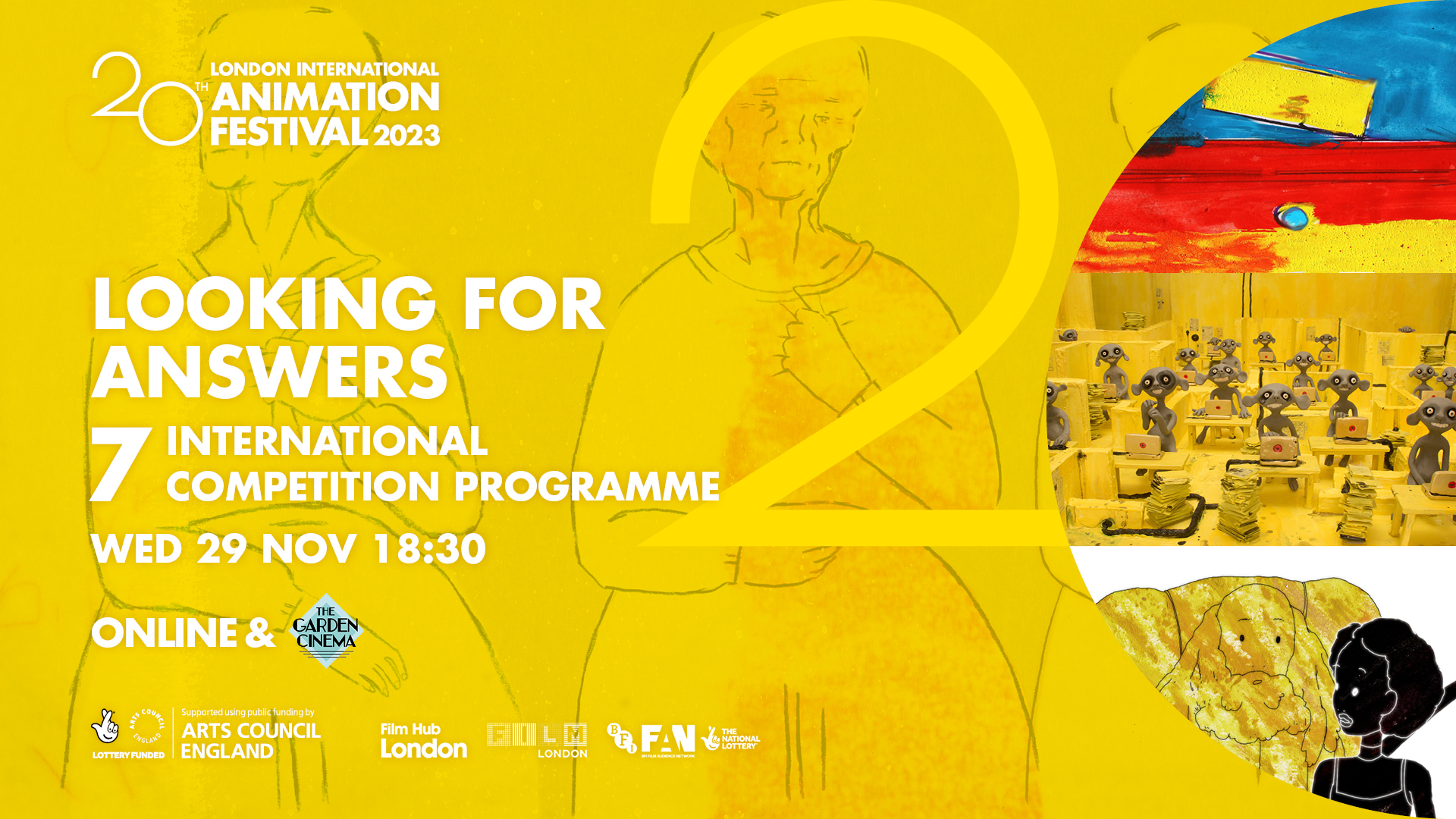
Who are all these people? They seem to be everywhere!
Do you ever find yourself asking that question? I do – all the time! And I don’t really mean just the real people we all encounter everyday – they’re all real to one degree or another and although the weight of their reality on the gravity of our individual world varies drastically from person to person, the answer to the primary question that heads up this intro will reveal itself in the fullness of time and as circumstances dictate. Just be patient.
It’s the unreal people that fascinate, enchant, frustrate and defenestrate our worlds in the most mysterious of ways. John, Peter, Cliff, Lyndsay, Dick and Maurice – that’s the full role call of all my uncles. Decent blokes one and all but that’s the definitive list. And yet I – along with almost everybody – am all but ubiquitously assumed by people who barely know me to have a mysterious Uncle Bob. He’s a handy chap to have around – can fix almost anything in a trice; devising the simplest of solutions to the most confounding problems is a mere bagatelle. Bob’s ya uncle, you hear them say. Never met him.
I’ve known my fair share of Murphy’s. A couple carry the moniker as a first name, most are just carrying it forward from their parents. None of them had anything to do with the law though – and in at least a couple of instances of the Murphy’s in my orbit that’s probably (in fact, definitely) for the best. Yet (and I bet you know where this is going) there seems to be a special, all powerful Murphy out there somewhere bending all the laws to their will and smoothing out the most perplexing of life’s perplexities so as we mere Non-Murphy’s might navigate the highways and byways of whichever real-life Monopoly board we’re scuttling around on. Glad Murphy (and their law) is out there but would love to meet them just once – I have a few suggestions!
They say a little knowledge is a dangerous thing. They say never meet your heroes. They say it is better to be poor and happy than rich and miserable. They say an elephant never forgets. They say love is blind. I don’t care what they say about me. They say time heals all wounds. They say truth is the first casualty of war. You know what they say about little hands?
Who the hell are all these Theys? Hiding in plain view, They must walk among us all the time to be able to pull off this amount of influence. Where do They meet to sort this stuff out? Can I subscribe to Their newsletter? Going looking for the They on Facebook starts ringing alarm bells you don’t want ringin’ and They must have done something pretty bad for Elon to not let Them back on X yet.
Perhaps this massive pack of Theys all hang out at Uncle Bob’s place and try to figure out the easiest ways to help us interpret Murphy’s laws. Intangible yet real as a presence in our world, the Theys have been haphazardly constructed as vectors for interpretation, ambassadors of reason or foot soldiers of connotation set to work in a world of malleable, disputable meanings. They were never there, never designed by whatever force created the real world we inhabit nor the products of evolution that has delivered up to us most of the things we need (and a fair few we don’t). Absent from the grand plan, we invented Them to fill in the gaps and complete the fractured realities we find ourselves living within. They are the love children of Necessity and Imagination. We create Them as we would the last piece of a puzzle whose picture we want to complete.
Animators work in exactly the opposite direction to achieve pretty much the same means. By definition absolutely everything about every character in every animated film is constructed – made up. Whether the first moment of an animator’s physicality is the first touch of a lump of clay, the first line drawn on a surface or the beginning of a 3D digital rig, the look, tone, style, dimensionality and physicality of that character is 100% an act of creation – something crafted out of nothing, a new ‘real’ borne of an act of deliberate art.
As interesting – and as critical – as that act of deliberate art is to the success of any given animated film, how that character acts within the world into which they are thrust is almost always critical to the ultimate success of any given film. This is the animated line in the sand that divides style from substance and 99 times out of 103 will be the reason one film is selected for a festival like LIAF and another is not. The way a character looks, even the way[s] the character moves require great skill and creativity to achieve but are, in and of themselves, very deliberate, very defined and clearly visible for all to see and judge.
But how they behave, what they ‘choose’ to believe and how they express their presence in their world – these are the things that make a character ‘real’. These traits draw on the same invisible assumptions, masked motivations and pre-learned experiences of their worlds that your and my ‘real world’ behaviours are dictated by. And many of those lessons – theirs and yours and mine – are moulded into a useful shape by the myriad of Theys that have been drafted in for that purpose. The beautiful thing about animated films though, of course, is that ‘real’ is as wide open a pantheon as the animator’s imagination is deep. And when deployed without safety rails or speed inhibitors the animator’s capacity to create characters that conform to a reality made entirely of different rules delivers us the most thought provoking outcomes of any artform.
Animation, so They say, is the perfect artform to go Looking For Answers and this programme starts as it means to continue. The opening film, David Gelfand’s directorial debut Now That I’m Thinking opens with a pointed, slightly confounding quote from Joseph Conrad stamped right into the open credits for all to see:
“Man he will never on his heap of mud sit still. He wants to be so, and he again wants to be so… He wants to be a saint, and he wants to be a devil – and every time he shuts his eyes he sees himself as a very fine fellow – so fine as he can never be…. in a dream.”
Taken from the perplexing novel Lord Jim, the bigger context of this quote sees Conrad comparing mere man / mighty man to a butterfly. The novel is, by any interpretation, an opening up for judgement of the internal psychological state of the narrator. Gelfand wastes no time adapting that tone and translating it to an utterly contemporary setting replete with equally contemporary worries, concerns and psychoses. It’s a film that neatly spans the 120 years of cinema in some ways; utilising the caustic late Victorian era manner of Conrad’s ambient narrative blended with a range of cinematic and television visual tropes drawn from the latter part of the 20th century. Combined, this has a maximising effect on the angst Gelfand’s lead protagonist is trying to either understand, excuse or exorcise. You decide.
The sense of looking for answers in the nooks and crannies of blurry mental spaces goes up a notch in John C. Kelley’s latest film Slower Animals. It’s not the first time Kelley has used animals as the narrative ballast for a troubling, inquisitorial animated film; LIAF regulars may remember his earlier 2020 animated documentary about his own family, A Family That Steals Dogs. Using a similar urgent hand-drawn style and ‘transistor radio’ narration Slower Animals is, in many ways, equally as personal but transacts a much less literal inspiration source.
In 2015, I somehow convinced the University of Arkansas to give me $800 to aimlessly follow a migration of Canadian snow geese across the southeast corner of the state,” says Kelley. “Inspired by travel notebooks written by Joan Didion while visiting “the south”, I was moving without much reason – just trying to follow geese, trying to translate the impulse. While in the area, memories of growing up nearby began to surface. Basic truths from childhood [surfaced].
Such as?
The slowest animals are eaten.
Sometimes life is just not that complicated.
Ahhhh, but – also – sometimes it’s infinitely complicated and never more so than when a child sits down to look for their own answers. The imagination of children often has a depth and a dexterity that adults just do not possess. Perhaps lucidity is in shorter supply and the potential for sudden swings in emotional reactions more profound and volatile. Ana in Ana Morphose by Portuguese animator Joao Rodrigues is our guide into the netherworld of one such imagination. Narratively the film is hard to synopsise (all the more so if it’s twists and turns are not to be revealed) but on display is a simply astonishing example of stop-motion and CG animating techniques, seamlessly working in tandem to craft an utterly captivating 21st century journey through the looking glass.
A similar search – an almost desperate cri de cœur – sits at the heart of Whatever Moves Is Alive by Noémie Marsily of Belgium. Here the search is more fragmented, more uncertain and the results less adamant but the notion of looking for – and retaining or re-engaging with – the most perceptively honest and piercing elements of the child’s soul is the relentless gravitational force that pulls the story along. Who hasn’t wondered what’s going on in one of those little minds or marvelled at some prodigious revelation seemingly randomly offered up by the littlest person in the room. Such moments are among the most powerful molecules that give the raising of children purpose and infinite value in many of our lives, even as we necessarily surrender the time and much of our abstract mental space to knuckle down and do the job. Marsily’s vibrant, vibrating, ever-surprising artwork captures these otherwise invisible emotional morphs exquisitely.
Emily Downe’s new film Worlds Apart effects a sharp, beautifully engineered gear shift in the programme. Worlds Apart offers up a roster of the biggest questions we all contemplate. Are creation stories bad science or good poetry? If nature obeys laws is there a law-giver? Are humans material or spiritual – or both? There is nothing opaque about the nature of these inquiries but, somehow, bound up in the adroitness of the writing and the ever-morphing beauty of the artwork is what feels like a wide open safe space for anybody to answer this roll call of questions in their own way and still leave room on the stage for the next person who might have different answers.

Spike Milligan once said that while money doesn’t buy happiness it does buy a more pleasant form of misery. Spike said a lot of things – google “spike milligan little grovelling bastard” if your day needs a lift. But if your night needs a lift, try and absorb the stunning rough hewn weirdness of Ana Nedeljković and Nikola Majdak Jr’s latest film Money And Happiness. This is definitely a film ‘looking for [some sort of] answers’ but if this is their answer vector writ large, what’s the question? Somehow they’ve managed to marshal so many of the tropes of dystopia, before feeding them into some kind of narrative wood-chipper and using the resulting logic-mulch as fertile material to generate a vision of a perfect world.
This illogical hyper-logic is a trademark of the genius baked into all their films. As is the magnificently unshackled handmade aesthetic of the clay characters, the beautifully bizarre environments and much of the actual animation itself. The sense of human hands crafting every rough edge of scenery and every imperfect curve of a character’s body only multiplies the sense of the unreal that radiates out of the film. But the characters are so strong, their world so compellingly odd and their quest so post-real that we are drawn into all that is happening just trying to keep up and find a rung on the uncanny ladder from which to hang. It’s a kind of genius that relies on the power of the creative whole and few filmmakers have been able to sherpa their audiences further up this mountain.
The programme closes with Vuk Jevremovic’s all-engrossing new opus simply titled 11. Jevremovic has been making richly packed, densely animated, sensory overloading films for the better part of 30 years. His films have wisps of narrative flying through them but their power comes from the roiling animated imagery that twists and turns to deliver a ‘sense’ of a story rather than a more readily graspable structuring of a beginning, a middle and an end. 30 years of this magic-making comes to the fore in 11 though. Like the best wave on the finest surfing beach they can swamp the uninitiated but send the true believers off on the best ride of the day.
11 took out ‘Best of the Festival’ at our sister festival the Melbourne International Animation Festival (MIAF) and the summary offered by MIAF’s Head of Jury is worth recording here (coz he nailed it)….
The film feels liberated and completely untethered from audience expectations and it feels like it can and does go in whatever visual direction it wants. The film is a lesson in animation (the way it captures human movement is exquisite), while also a masterful finished work. Whether intentional or not, the film filters animation into what we think is its purest, most unique form. Each frame on its own could be completely abstract to the viewer (a scribble, some brushes of paint) but when they’re put together as animation they take form and make sense to the human eye. The motion unlocks the images, and while the eye is constantly challenged throughout, it is always rewarded. This separates animation (this animation) from static art forms like drawing/painting in a way that we rarely see in filmmaking (animation or otherwise). When does film ever make sense in motion, but not also in some way as a single frame?
Ya’ see – that’s why we get in experts around here from time to time.
by Malcolm Turner
Looking for Answers screens at The Garden Cinema and online Wed 29 Nov find out more




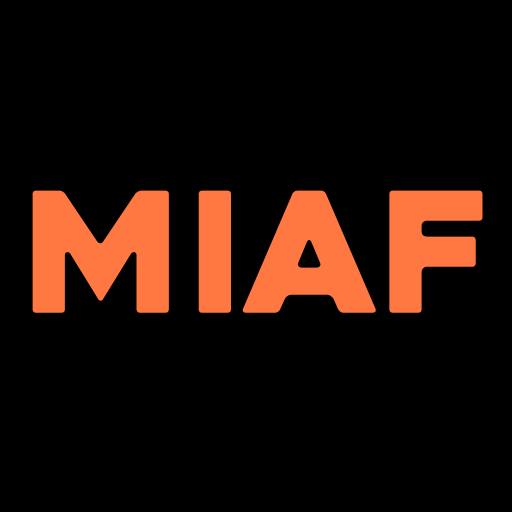

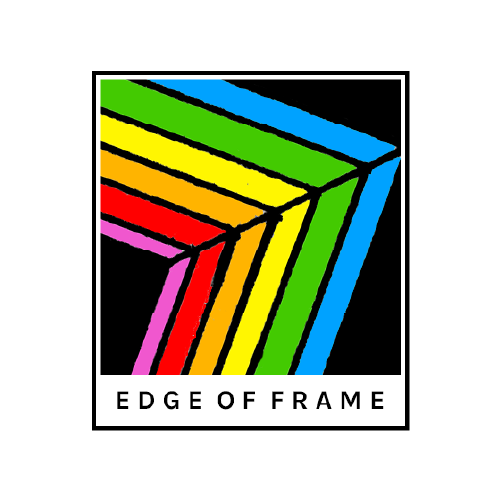



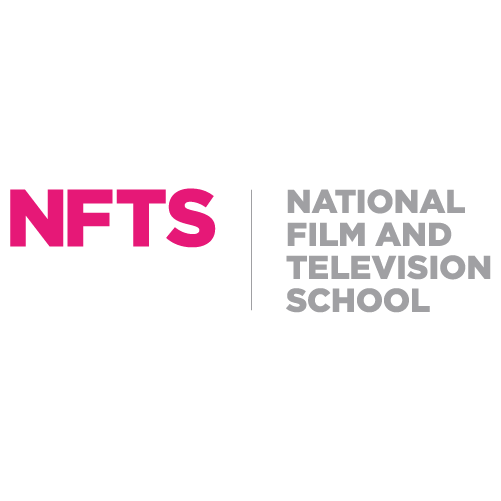


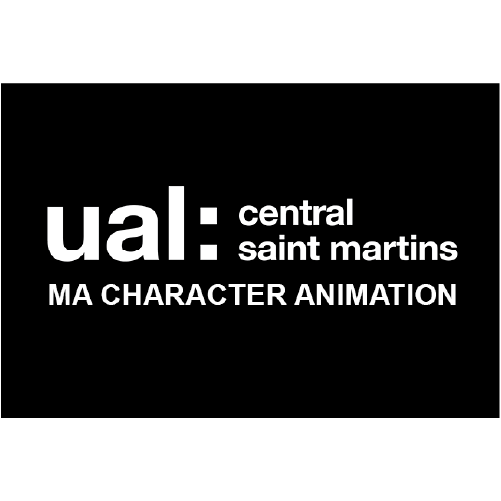


Leave a Reply